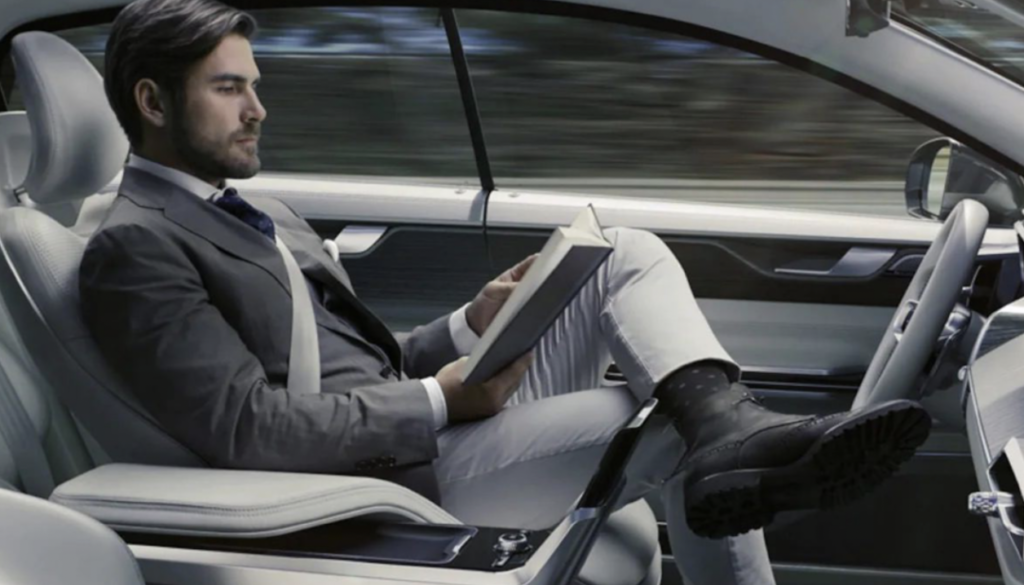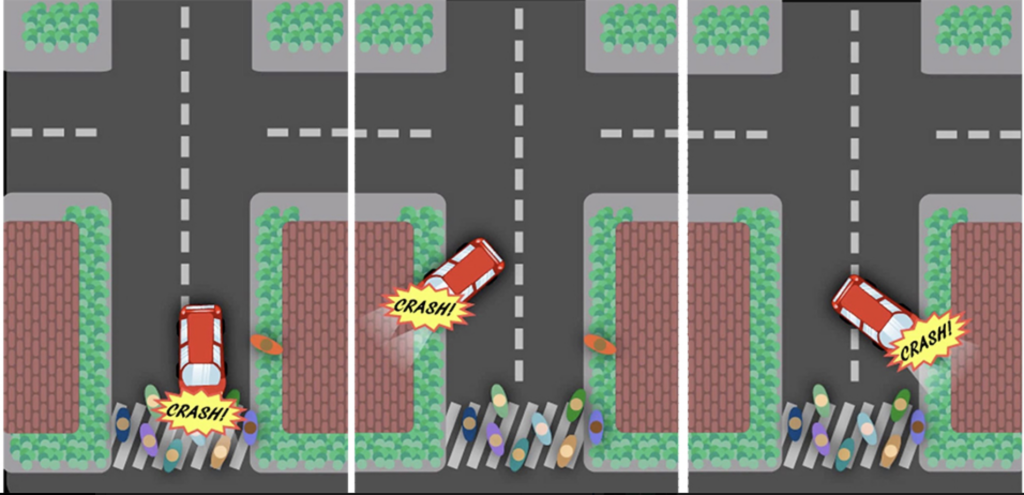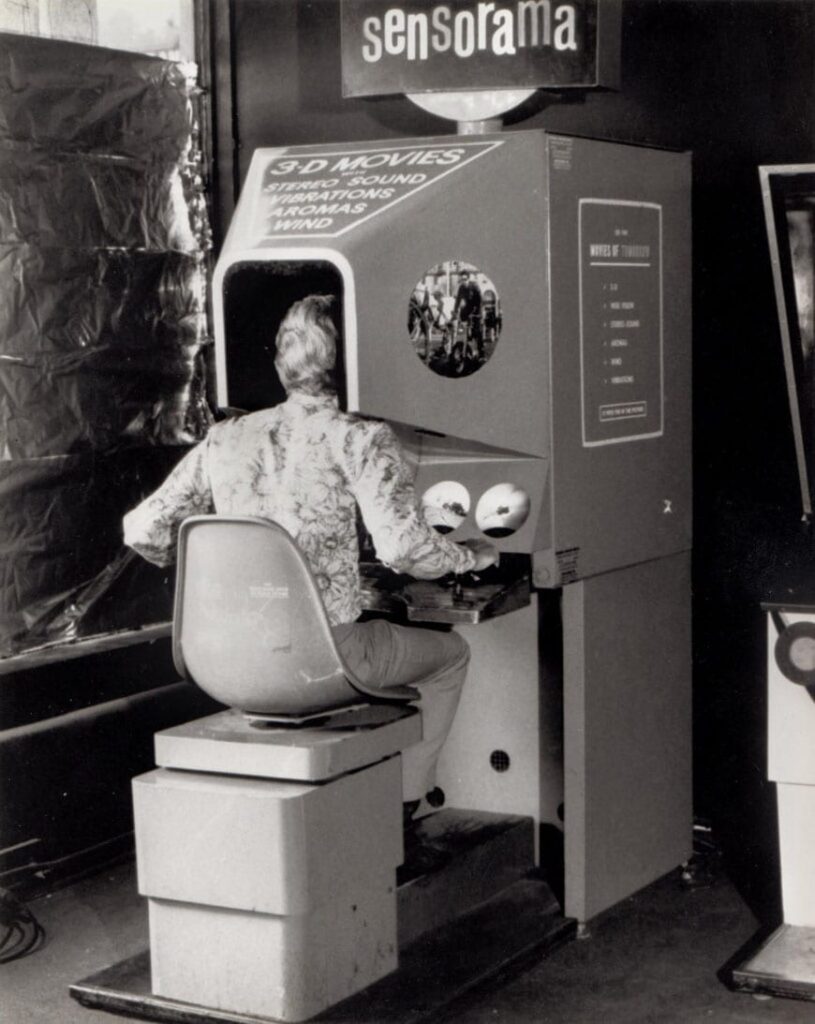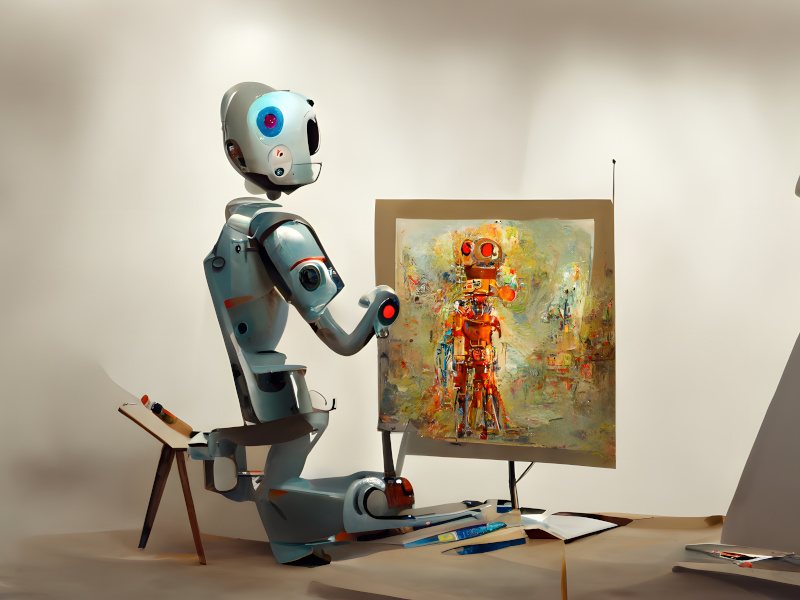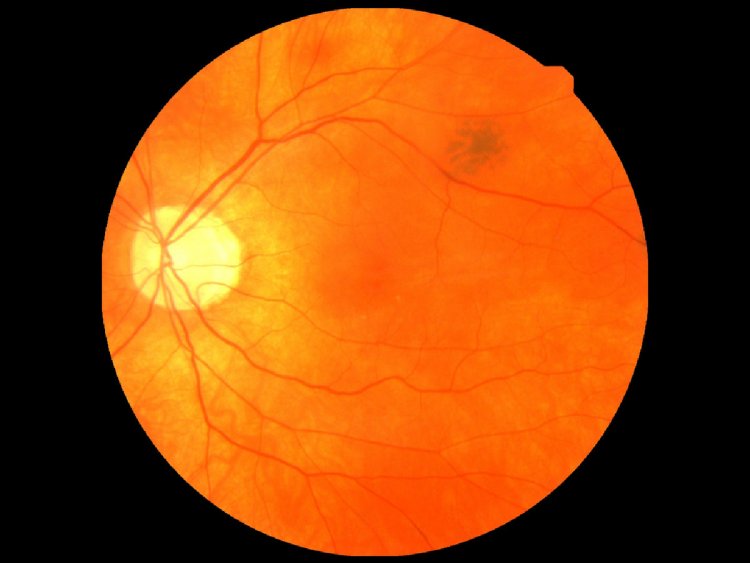F1 has always been all about the fastest race cars, most powerful engines, and dangerous racing. During the history of the queen of motorsport there have been many changes in regulations considering chassis, engine etc. Big v12, v10 and v8 engines have been replaced with 1.6 liter v6 hybrid units. For the next regulation change in 2026, a switch to 100% percent sustainable fuels is planned. But can it actually happen, and make F1 more neutral to the environment ?
It is calculated, that Formula 1 generates around 256 000 tons of carbon dioxide every season, which is equivalent to about 227 flights from Madrid to New York. However the pollution generated by cars during races is only responsible for 1%. The biggest factor remains the logistics of the sport. F1 races are being held on 5 continents in 21 different countries, which require each team to travel over 120 000 km, so 3 times around the globe.

Therefore to lower the emission, a first step has been made from 2022 season. F1 cars are now required to run on E10 fuel provided by Saudi oil giant Aramco. According to people in paddock new this new gas has caused a slight decrease in performance, however a little less CO2 emission. Formula 1 and Aramco plan to switch to 100 percent green sustainable fuel, which is supposed to lower the greenhouse gas emission by 65 %. But for what ? It is known that racing itself is responsible for just 1 percent of the whole sport’s CO2 pollution. Why spend years of development and millions of dollars, when the problem lies elsewhere ? Personally I believe that a more vital change is to rearrange the season race calendar, so the teams won’t have to travel over 100 000 km each year. A clever idea would be to plan the races by continents, for example first events in Asia, then moving to North and South America and finally to Europe. Something similar happened during the 2020 season, when due to Covid 19 regulations, a lot of racing events have been cancelled. Most of the races were held in Europe, only Bahrain and Abu Dhabi GP took place away from the old continent. Thanks to that there was a 40 % decrease in CO2 emission.
On the other hand EU plans to impose a ban on production of combustion engines vehicles from 2035. As of today switching to full electric cars is not possible, due to their limited range and lack of charging stations across the continent. Maybe when this F1 regulation change will enter into force, and becomes a great success, we will be able to use 100 % sustainable fuel in normal land vehicles ?
Sources:
– https://www.ft.com/content/fd0d1b71-3776-439f-a79c-c3b9c835ab5f
– https://www.ft.com/content/aecac667-7de5-4e9b-a071-22773ff83e52
– https://frontofficesports.com/formula-1-developing-carbon-neutral-fuel- for-2026/
– https://www.formula1.com/en/latest/article.watch-how-formula-1-is-striving-to-create-a-100-sustainable-fuel.1ENHVTjKDbXNOIidEJ8okc.html
– https://www.formula1.com/en/latest/article.formula-1-on-course-to-deliver-100-sustainable-fuels-for-2026.1szcnS0ehW3I0HJeelwPam.html

